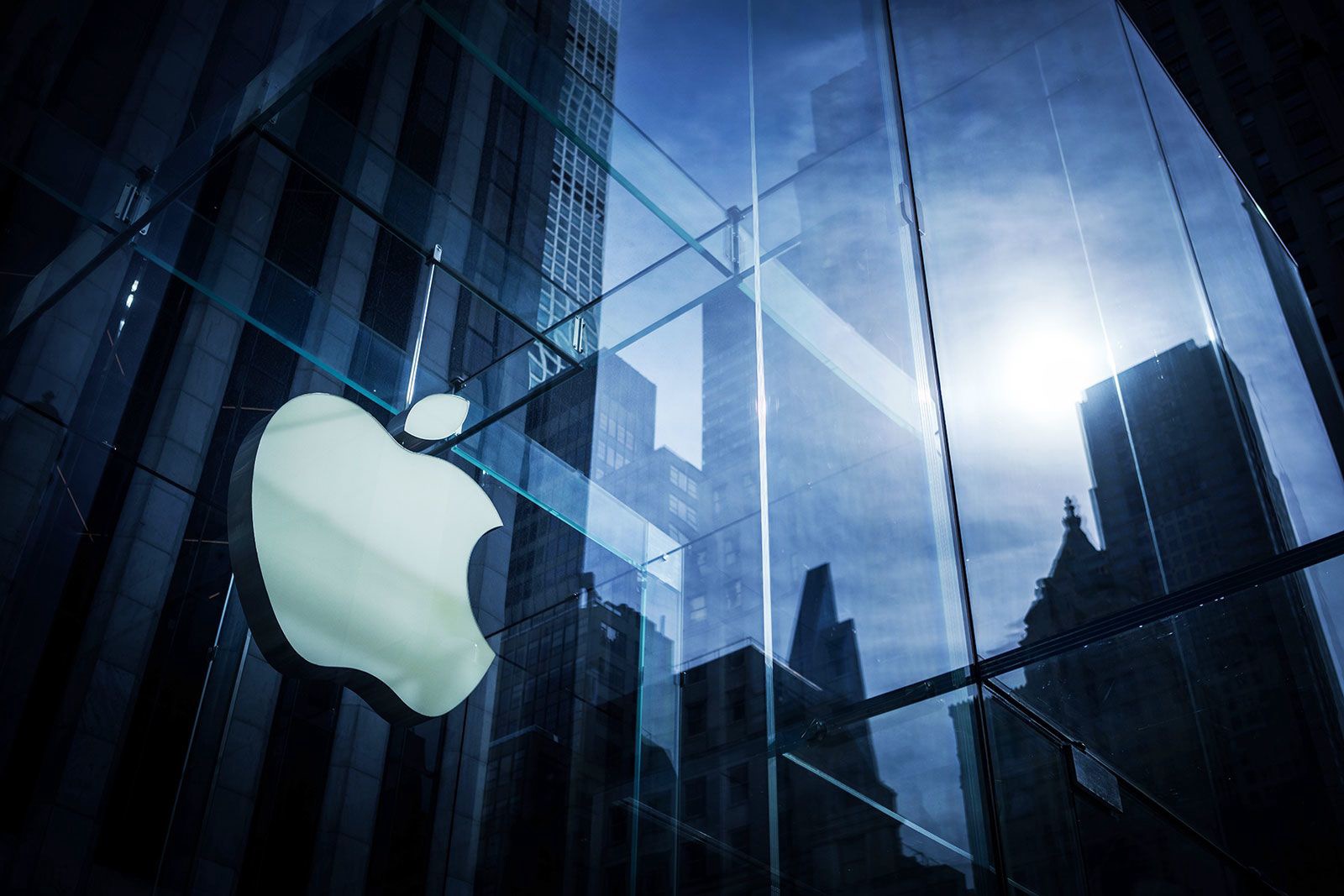The notebook PC market is entering a new era of display technology, with OLED panels rapidly gaining prominence as the preferred choice for premium laptops. This transition is expected to be significantly accelerated by the upcoming release of Apple’s OLED MacBook Pro models, which are poised to act as a major catalyst in driving widespread adoption of OLED screens. Industry forecasts indicate that by 2026, OLED notebook PCs could account for nearly one-third of the global market, marking a dramatic shift in consumer and manufacturer preferences.
The Rise of OLED Technology in Notebooks
OLED, or Organic Light-Emitting Diode technology, has long been celebrated for its superior visual qualities compared to traditional LCD displays. Unlike LCDs, which rely on backlighting, OLED screens emit their own light at the pixel level, enabling them to achieve true blacks, vibrant colors, and higher contrast ratios. This makes them especially attractive for users who demand excellent image quality for professional creative work, gaming, or immersive media consumption.

Beyond image quality, OLED panels also offer substantial energy efficiency advantages. Because individual pixels can be turned off completely when displaying black, OLED displays generally consume less power than LCDs, particularly when displaying darker content. This efficiency translates to longer battery life in portable devices such as laptops, a critical feature that influences purchasing decisions.
While OLED has been a staple in smartphones and premium TVs for years, its adoption in notebooks has been slower due to higher manufacturing costs and technical challenges associated with larger screen sizes. However, recent advancements in production techniques and economies of scale are driving down costs, making OLED a viable option for notebook manufacturers targeting the premium segment.
Apple’s OLED MacBook Pro: A Market Game-Changer
Apple’s decision to integrate OLED technology into its MacBook Pro lineup marks a significant turning point for the notebook market. The MacBook Pro has long been regarded as a benchmark for high-performance laptops, praised for its powerful hardware, sleek design, and vibrant Retina displays. By introducing OLED panels, Apple is set to raise the bar even further, offering users richer colors, deeper blacks, and enhanced overall visual fidelity.
The impact of this move extends far beyond Apple’s loyal customer base. Given Apple’s influence as a trendsetter in the technology industry, other manufacturers are expected to follow suit by incorporating OLED displays into their own high-end notebooks. This domino effect is likely to accelerate the market’s transition to OLED technology, fostering a broader ecosystem of OLED-equipped laptops.
Moreover, the arrival of Apple’s OLED MacBook Pro underscores a broader shift in the IT sector toward displays that not only deliver superior performance but also enhance energy efficiency. As consumers increasingly prioritize both quality and sustainability, OLED technology addresses these dual demands by providing stunning visuals with reduced power consumption.
Market Growth and Expansion
Projections suggest that OLED notebook PCs will grow rapidly in the coming years, reaching an estimated 30% share of the global notebook market by 2026. This marks a considerable increase from current levels and highlights the momentum OLED technology has gained.
Several factors are contributing to this accelerated growth. Firstly, continued improvements in OLED manufacturing processes have brought down production costs, enabling more competitive pricing for laptops equipped with OLED screens. This cost reduction removes a significant barrier for consumers and manufacturers alike, making OLED a more accessible option.
Secondly, a growing number of laptop brands are expanding their premium product portfolios by incorporating OLED displays. This trend reflects a desire to differentiate products in a highly competitive market, where display quality is an important selling point. High-end consumers, professionals, and tech enthusiasts are increasingly seeking devices that combine powerful hardware with exceptional screen quality, creating fertile ground for OLED notebooks.
Finally, the inherent energy efficiency of OLED panels is a major advantage as laptop manufacturers strive to enhance battery life and meet consumer expectations for all-day performance. This focus on efficiency aligns with broader environmental considerations, as reducing energy consumption remains a priority for both companies and users.
What This Means for Consumers and the Industry
For consumers, the widespread adoption of OLED in notebooks promises a new standard in visual experience. Whether for creative professionals working with color-critical applications, students engaging in multimedia learning, or casual users enjoying streaming content, OLED displays will deliver richer colors, deeper contrasts, and more immersive imagery.

In addition, the energy savings provided by OLED technology will contribute to longer battery life, allowing users greater freedom and flexibility when working or playing on the go. This can be particularly beneficial for mobile professionals who rely on their laptops throughout the day without frequent access to charging.
For the industry, the shift towards OLED notebooks represents both an opportunity and a challenge. Manufacturers will need to adapt supply chains and production methods to incorporate OLED panels effectively. At the same time, they will gain the ability to offer more premium and differentiated products that meet evolving consumer expectations.
The success of Apple’s OLED MacBook Pro will likely serve as a benchmark for innovation and quality, encouraging competition and driving further technological advancements across the notebook market. This dynamic will ultimately benefit consumers through improved device options and ongoing enhancements in display technology.
Looking Ahead
As OLED technology becomes more mainstream in notebook PCs, it is expected to influence the broader trajectory of the personal computing market. The rise of OLED displays signals a shift toward devices that not only perform at high levels but also prioritize user experience through superior visuals and energy-efficient design.
The anticipated 30% market share for OLED notebooks by 2026 reflects a fundamental change in how manufacturers and consumers value display technology. It also highlights the critical role Apple’s OLED MacBook Pro will play in shaping this evolution.
In conclusion, Apple’s foray into OLED for its MacBook Pro lineup is more than just a product update—it is a powerful catalyst for change in the notebook PC industry. With improved cost structures, expanding premium offerings, and rising consumer demand for vibrant, energy-efficient displays, OLED technology is set to redefine the laptop experience over the next few years.












